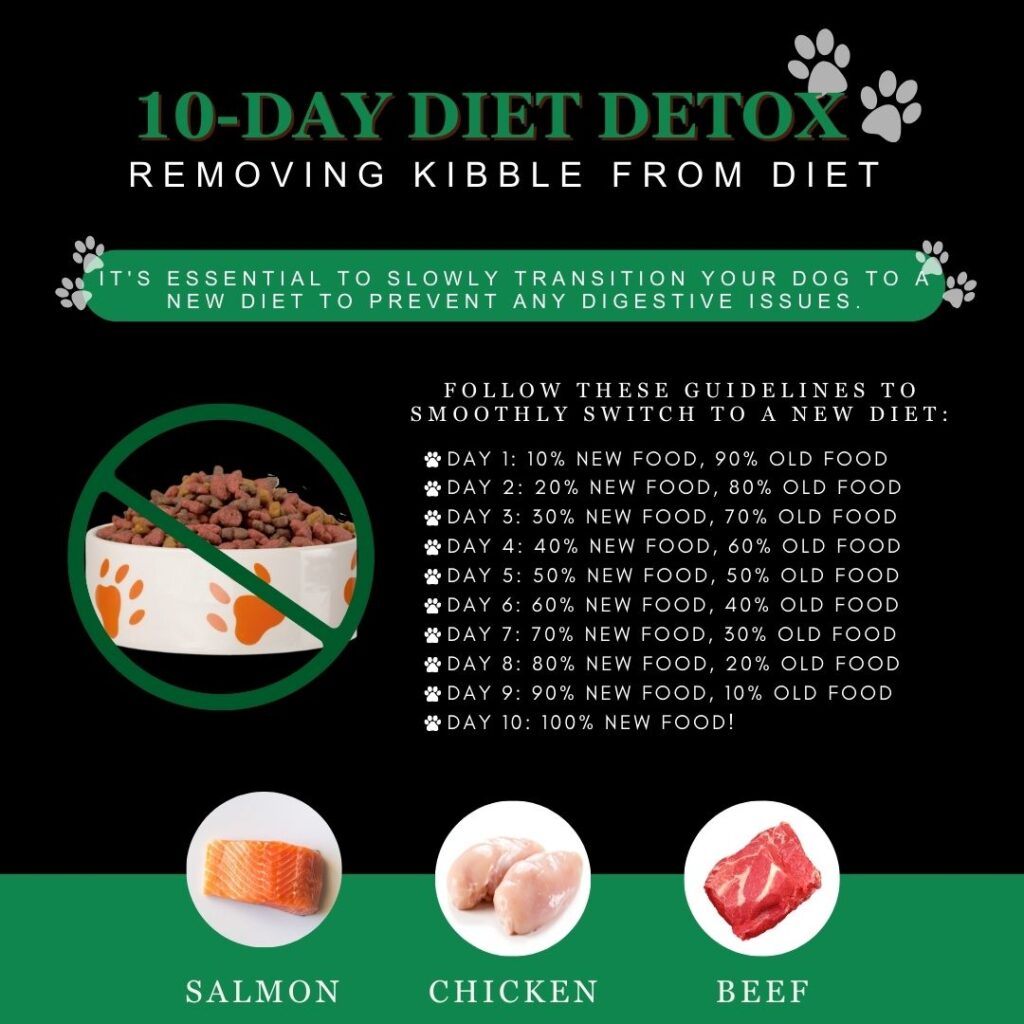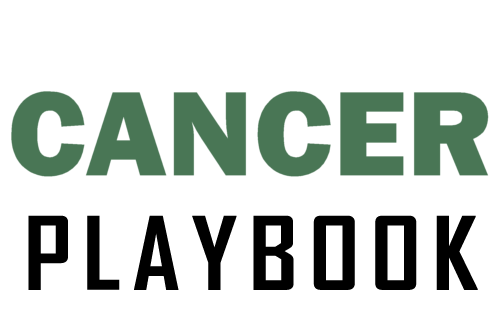Diet for Dogs
According to Patient Reported outcomes and veterinary experts, homemade diets, freeze dried raw meat, or grain-free, USDA Organic kibble are better options for dogs due to the lack of nutritional value and harmful toxins in processed dog foods.
A high-fat, ketogenic-like diet, consisting primarily of meat and vegetables, is recommended for dogs with cancer. To determine how much food a dog needs, feed 2-3% of their body weight per day, with 60% meat and 40% vegetables.
Tips for Transitioning Your Dog to a New Diet
It’s essential to slowly transition your dog to a new diet to prevent any digestive issues. However, the exact time needed for the switch can vary from dog to dog. Some may be able to adjust more quickly, while others may require a more gradual transition. Nonetheless, the primary objective is to ensure your dog gets enough food. Follow these guidelines to smoothly switch to a new diet:
- Day 1: 10% new food, 90% old
- Day 2: 20% new food, 80% old
- Day 3: 30% new food, 70% old
- Day 4: 40% new food, 60% old
- Day 5: 50% new food, 50% old
- Day 6: 60% new food, 40% old
- Day 7: 70% new food, 30% old
- Day 8: 80% new food, 20% old
- Day 9: 90% new food, 10% old
- Day 10: 100% new food!

Good Food
- Beef
- Chicken
- Turkey
- Lamb
- Salmon
- Eggs
- Vegetables, especially leafy green/cruciferous
- Coconut oil
- Hemp seed oil


Bad Food
- Processed kibble
- Grains
- Sugar
- Any packaged processed foods
